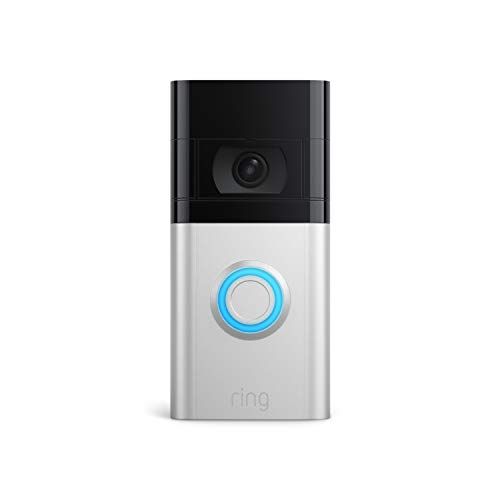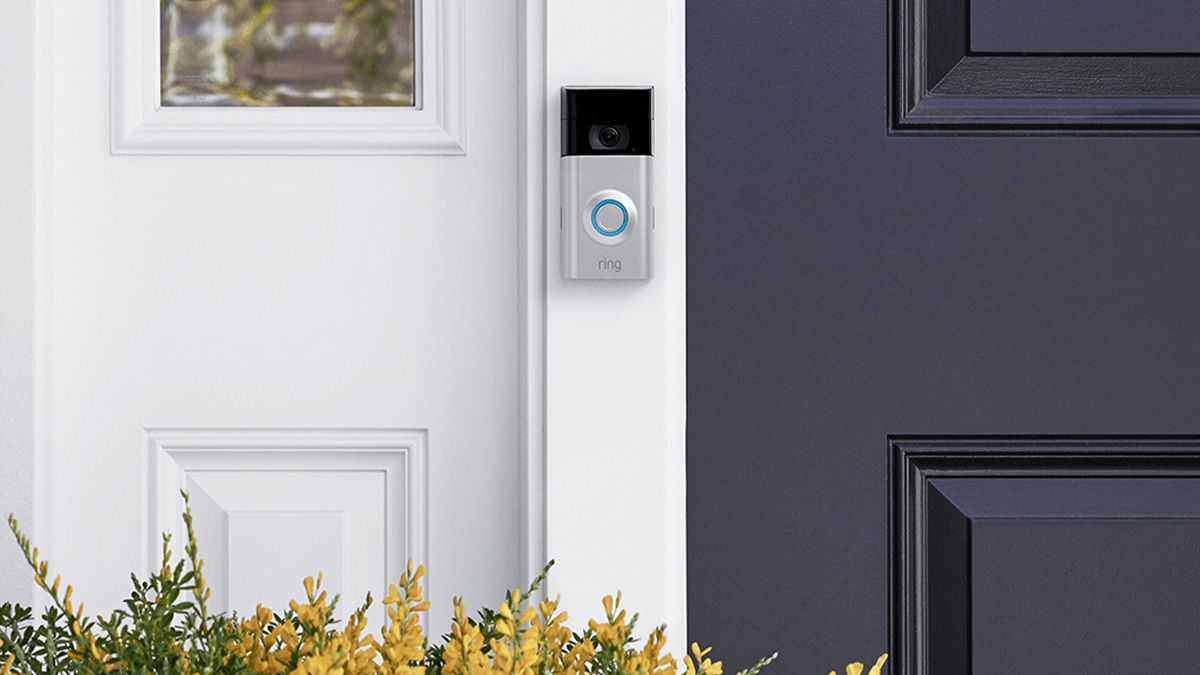The bell part of the doorbell equation seems like an immutable part of the experience, but video doorbells are mixing things up. Here's what you need to know about using a video doorbell without a chime.
Why Use a Video Doorbell Without a Chime?
When most folks replace their plain ol' button-based doorbell with a more advanced video doorbell, they want to keep their existing doorbell chime. I'm particularly fond of the huge Westminister brass bell system in my old home, and keeping it in working order with the right transformer upgrade for a video doorbell was important to me.
But not everybody wants or needs a discrete digital or mechanical chime for their doorbell. If you're in an apartment, there may not even be doorbell wiring to speak of, or maybe your home is older and the doorbell system is in a state of disrepair.
Or maybe the chime you have is obnoxious, and you wouldn't mind not hearing it again any time soon. Even if you love the chime, maybe your sleeping baby or anxious dog doesn't. Whatever your motivation, the chime is optional.
How to Use a Video Doorbell Without a Chime
There are two ways to use a video doorbell without a chime. The first is the simplest, and the second depends on the customization options included with your video doorbell of choice.
Battery-Powered Video Doorbells: Skip Adding a Chime
If you have (or plan on purchasing) a battery-powered video doorbell like the Ring 4, then you're already ahead in the no-chime game. While some video doorbells offer a hybrid experience where they can both run off their battery reserve or off the low-voltage supplied by your doorbell wiring, the wiring is optional.

Ring Video Doorbell 4
No wires? No problem. The Ring Video Doorbell 4 has a large and efficient internal battery.
To use them without a chime, simply mount them on the wall by drilling, taping, or using a no-drill doorbell mount and pair them with your phone. You'll get a buzz on your phone when somebody rings the door but no internal chime.
While you can buy discrete plug-in chimes for various platforms like the Ring line of doorbells, you don't have to. Nor do you need to enable the chime on your smart home gear like smart speakers or displays.
Wired Video Doorbells: You Can Toggle the Chime Off
If you have a wired video doorbell, you can still live a chime-free life if you desire---with a greater or lesser degree of ease based on the model you have.
Many video doorbell platforms like Google's Nest doorbells and Amazon's Ring doorbells include a convenience feature in the video doorbell app wherein you can toggle off the chime.
The doorbell still works, and the circuit is still complete, so the doorbell maintains power, but when the button is pressed, the digital or mechanical chime doesn't sound. That's a great solution because it allows you to turn the doorbell chime on and off without fussing with the wiring.
The second option, and one that is a bit more hands-on and DIY, is to adjust the wiring of your chime to disconnect the chime, bypass the chime circuit and, with the help of an in-line resistor, complete the circuit between the doorbell transformer and the doorbell.
This is a bit more advanced than using the kit provided with your video doorbell, however, and we recommend contacting the manufacturer of your doorbell for guidance and studying the wiring schematic for your doorbell chime to ensure you're connecting the right wires.
Ring has a support page detailing how to use a transformer directly with the doorbell module and no chime. Their instructions are might be for a setup with no chime present, but they can also be used as a template for bypassing your chime.
All you need is a high-quality 25 Ohm 50W wire-wound resistor to replace the portion of the circuit previously completed by the chime wiring. But, again, check with the manufacturer of your doorbell to see their recommendation for using the doorbell with a transformer and no chime (or bypassing the chime) to ensure you're wiring things in a way that will protect your doorbell.

